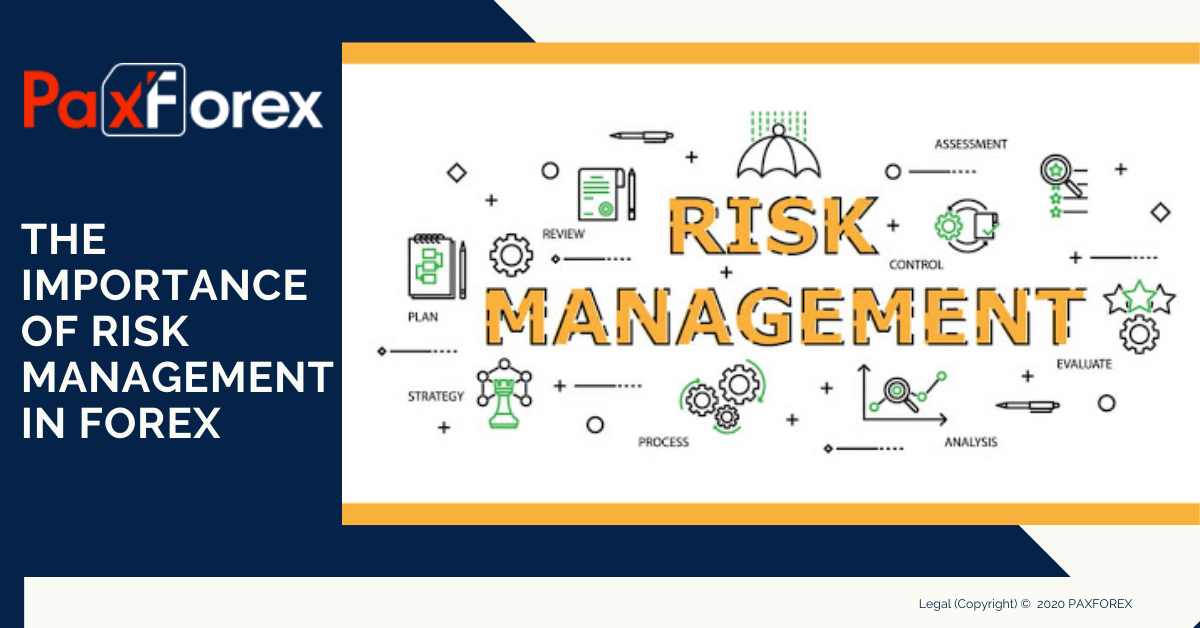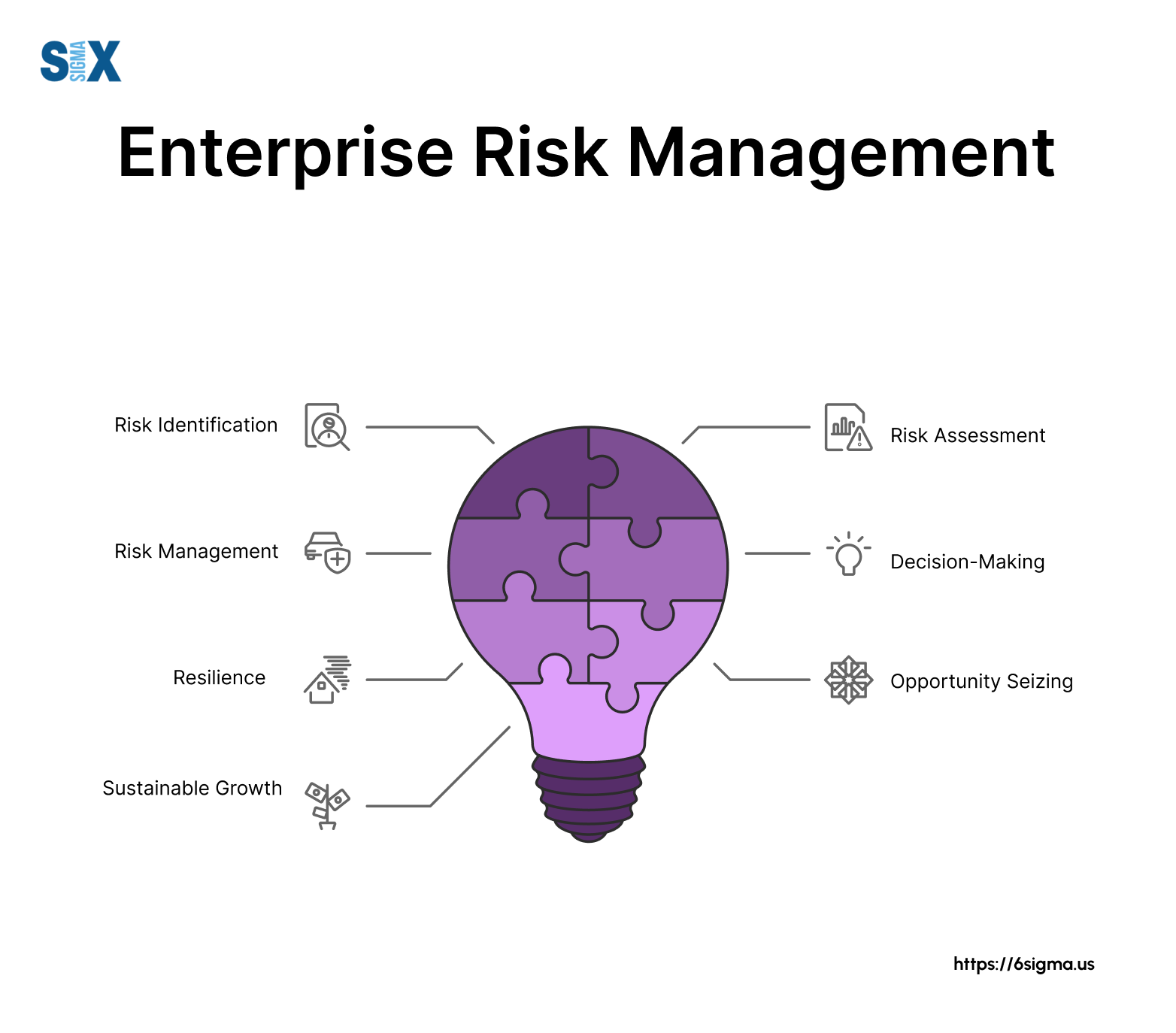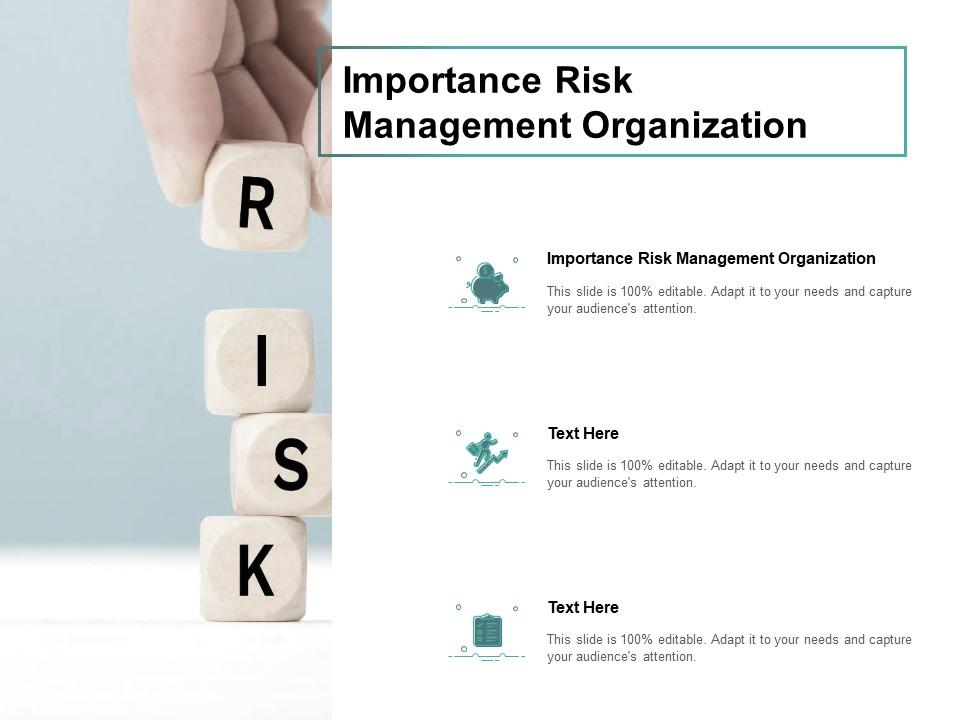Why Organizations Should Focus on the Importance of Risk Management Now More Than Ever
Why Organizations Should Focus on the Importance of Risk Management Now More Than Ever
Blog Article
The Significance of Understanding the Significance of Risk Management in Various Industries

The Core Principle of Risk Management and Its Purpose
Risk Management, the cornerstone of many markets, pivots on the identification, analysis, and mitigation of unpredictabilities in a business atmosphere. It is an integral practice that enables organizations to safeguard their assets, online reputation, and overall survival. By appropriately identifying prospective dangers, organizations can create methods to either stop these dangers from occurring or minimize their influence. The analysis process includes evaluating the chance and possible intensity of these risks. Once risks have been determined and reviewed, the reduction procedure entails designing techniques to lower their potential effect. This procedure is cyclical and ongoing, ensuring that companies are prepared for the ever-changing nature of Risk in different industries. The key objective, thus, is to promote strength among uncertainties.
Benefits of Executing Risk Management in Service Procedures

Revealing the Function of Risk Management in Different Industries
While every industry confronts its special set of risks, the application of Risk Management strategies continues to be a typical in their search of sustainability and development. In the healthcare sector, Risk Management involves making sure individual safety and security and information protection, while in money, it involves mitigating investment threats and ensuring regulatory compliance (importance of risk management). Building business concentrate on worker security, project delays, and budget overruns. In the innovation industry, companies alleviate cybersecurity dangers and modern technology obsolescence. Eventually, the duty of Risk Management across industries is to identify, assess, and minimize risks. It is a vital component of strategic planning, making it possible for organizations to safeguard their properties, make the most of opportunities, and achieve their goals.
Real-life Study Demonstrating Effective Risk Management
To comprehend the value of Risk Management in these several sectors, one can look to numerous real-life circumstances that show the successful application of these procedures. Toyota, post the 2011 earthquake in Japan, modified its supply chain Management to minimize interruption threats. These cases show how industries, discovering from Related Site situations, effectively applied Risk Management techniques to minimize future threats.
Future Patterns and Developments in Risk Management Approaches
Cybersecurity, when an outer problem, has actually catapulted to the leading edge of a knockout post Risk Management, with methods focusing on discovery, prevention, and action. The assimilation of ESG (Environmental, Social, Administration) aspects into Risk Management is one more expanding pattern, mirroring the enhancing recognition of the duty that ecological and social threats play in business sustainability. Hence, the future of Risk Management lies in the blend of innovative modern technology, cutting-edge methods, and an all natural method.
Verdict
In verdict, recognizing the value of Risk Management across a range of markets is crucial for their long life and prosperity. Inevitably, effective Risk Management adds to much more sustainable and resilient organizations, highlighting the importance of this practice in today's very affordable and dynamic business atmosphere.
While every sector confronts its one-of-a-kind collection of risks, the application of Risk Management approaches continues to be a common denominator in their search of sustainability and development. In the healthcare field, Risk Management entails ensuring client safety and data security, while in money, it entails moved here mitigating investment risks and making sure governing conformity. Eventually, the duty of Risk Management throughout markets is to determine, assess, and reduce threats. These cases demonstrate exactly how markets, finding out from dilemmas, successfully applied Risk Management techniques to minimize future dangers.

Report this page